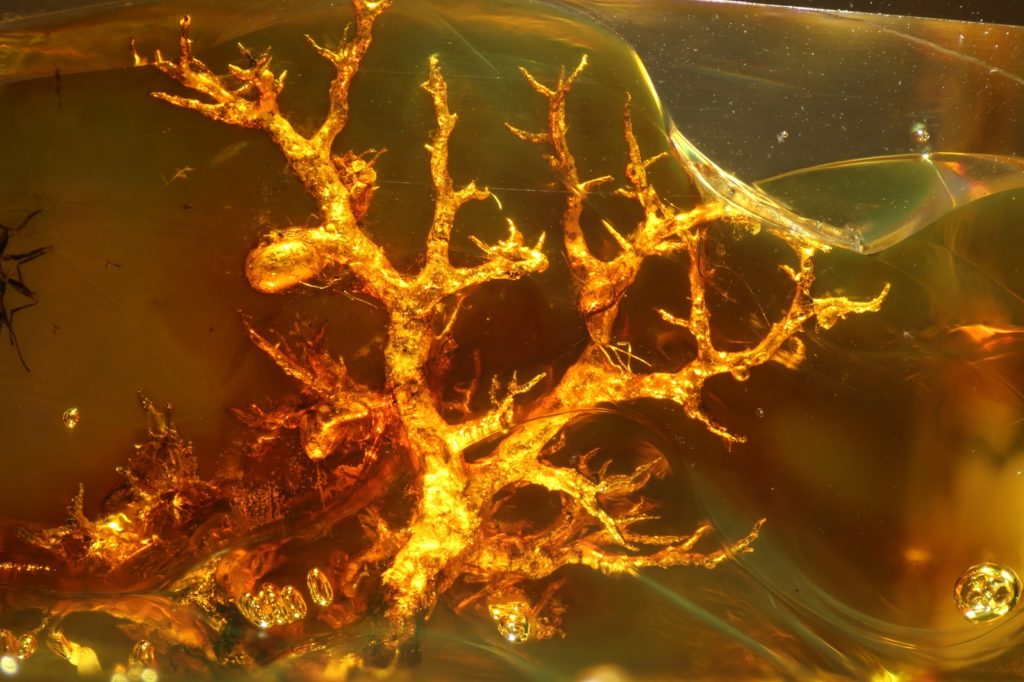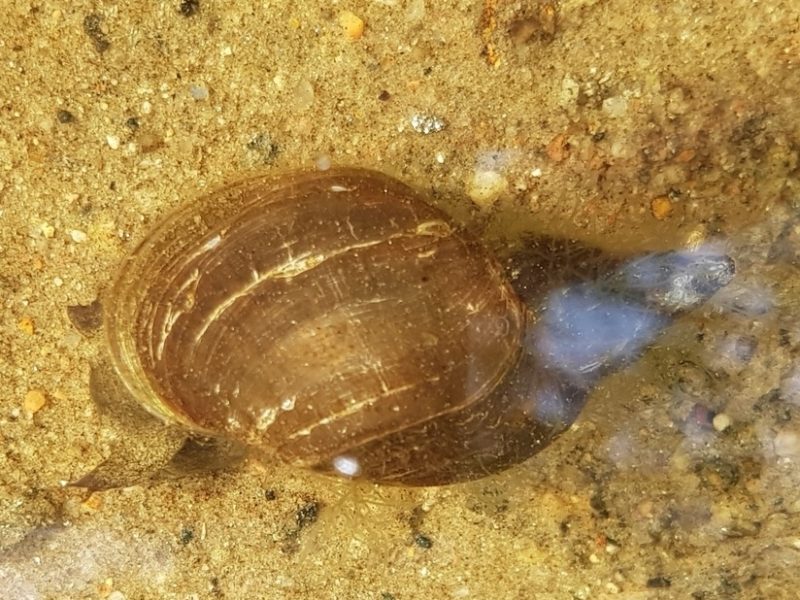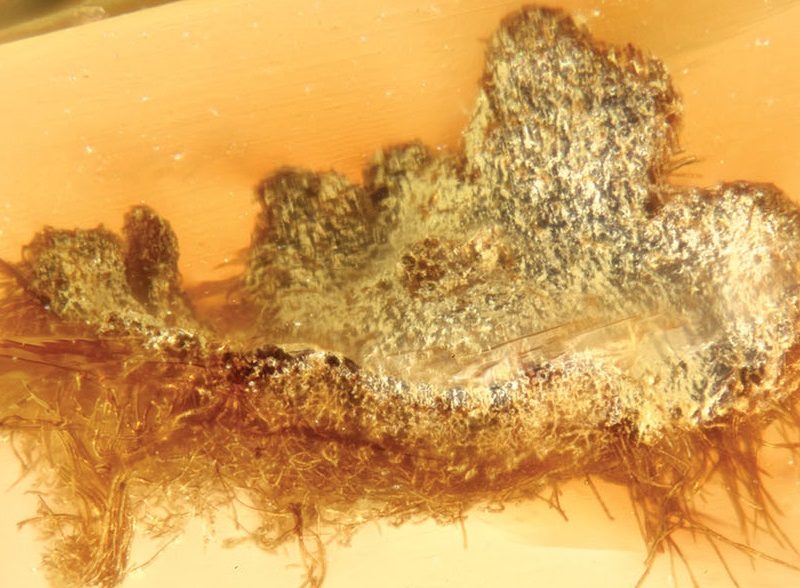152 new fossil lichens have been discovered from European Palaeogene amber, increasing the total number of known fossil lichens from 15 to 167. Most of the fossils represent extant lineages of the Lecanoromycetes, an almost exclusively lichen-symbiotic class of Ascomycota. The fossil lichens show a wide diversity of growth forms, including foliose (leaf-like), fruticose (shrub-like), and crustose (crust-like) and morphological adaptations that attached epiphytic thalli to their substrates (rhizines), helped to combine external water storage with effective gas exchange (cortical pores, spongiostratum) and facilitated the simultaneous reproduction and dispersal of both partners in symbiosis (soredia, isidia, phyllidia). The thallus morphologies suggest that the lichens of the European Palaeogene amber forests lived in a relatively humid and most likely temperate climate.
Kaasalainen U, Schmidt AR, Rikkinen J, Schmidt AR. 2017. Diversity and ecological adaptations in Palaeogene lichens. Nature Plants 3: 17049, doi.org/10.1038/nplants.2017.49.
Keywords: Baltic amber, Bitterfeld amber, Anzia, Parmeliaceae, Calicium, Chaenotheca, Physciaceae, Arthoniales, Pertusariales, calicioids, squamulose




